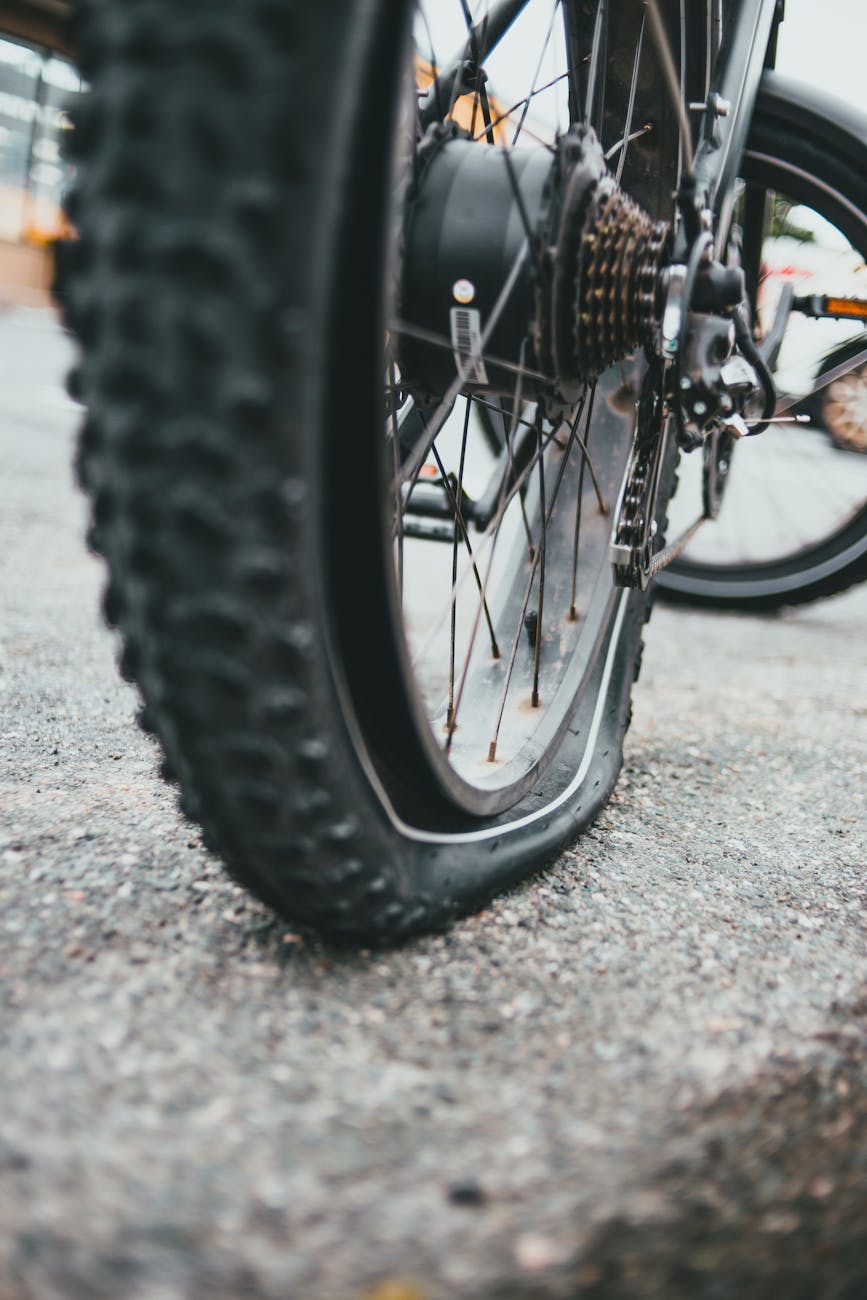Subheading (H2): Understanding the Issue of a Noisy Bike Bottom Bracket
Subheading (H2): Effortless Solutions to Fix a Noisy Bike Bottom Bracket
Subheading (H3): Regular Maintenance Tips to Prevent Noisy Bike Bottom Bracket
Cycling enthusiasts know the frustration that comes with a noisy bike bottom bracket. Whether you’re a casual rider or a dedicated cyclist, dealing with a clunky, creaking bike can put a damper on your riding experience. The bottom bracket is a crucial component of your bike that connects the crankset to the frame, allowing for smooth pedaling motion. When this part starts making noise, it can be a sign of wear and tear or lack of proper maintenance. In this article, we will explore the common causes of a noisy bike bottom bracket and provide you with effortless solutions to fix the issue.
Understanding the Issue of a Noisy Bike Bottom Bracket
A noisy bike bottom bracket can be caused by various factors, such as dirt and grime buildup, worn-out bearings, or improper installation. The first step in resolving the issue is to identify the source of the noise. If your bike is making a clicking, creaking, or grinding sound while pedaling, chances are it’s coming from the bottom bracket area. Ignoring the noise can lead to further damage to your bike’s components and affect your riding performance.
Effortless Solutions to Fix a Noisy Bike Bottom Bracket
One of the most straightforward solutions to fix a noisy bike bottom bracket is to clean and lubricate the component. Start by removing the crankset to access the bottom bracket. Wipe away any dirt or debris that may have accumulated around the bottom bracket shell. Inspect the bearings for signs of wear or damage and replace them if necessary. Apply a generous amount of grease to the bearings and reassemble the crankset.
If cleaning and lubricating the bottom bracket does not resolve the noise issue, it may be time to replace the bearings or the entire bottom bracket assembly. Consult your local bike shop or a professional mechanic for assistance in choosing the right replacement parts. Investing in high-quality bearings and components will ensure a smoother and quieter ride.
Regular Maintenance Tips to Prevent Noisy Bike Bottom Bracket
To prevent future occurrences of a noisy bike bottom bracket, it’s essential to incorporate regular maintenance into your biking routine. Here are some tips to help keep your bottom bracket in top condition:
1. Clean your bike regularly to remove dirt and grime buildup.
2. Check the bottom bracket for signs of wear or damage periodically.
3. Replace worn-out bearings as soon as you notice any noise or play.
4. Avoid over-tightening the bottom bracket during installation.
5. Use quality lubricants to keep the bearings running smoothly.
By following these maintenance tips and addressing any noise issues promptly, you can enjoy a quieter and more enjoyable riding experience. Remember that taking care of your bike’s components will not only prolong their lifespan but also enhance your overall cycling performance.
In conclusion, a noisy bike bottom bracket is a common issue that can be easily resolved with the right knowledge and tools. By understanding the causes of the noise, implementing effortless solutions, and practicing regular maintenance, you can keep your bottom bracket in optimal condition and enjoy a smoother, quieter ride. Don’t let a noisy bike bottom bracket hold you back from exploring new cycling adventures—take action today and get back on the road with confidence.

